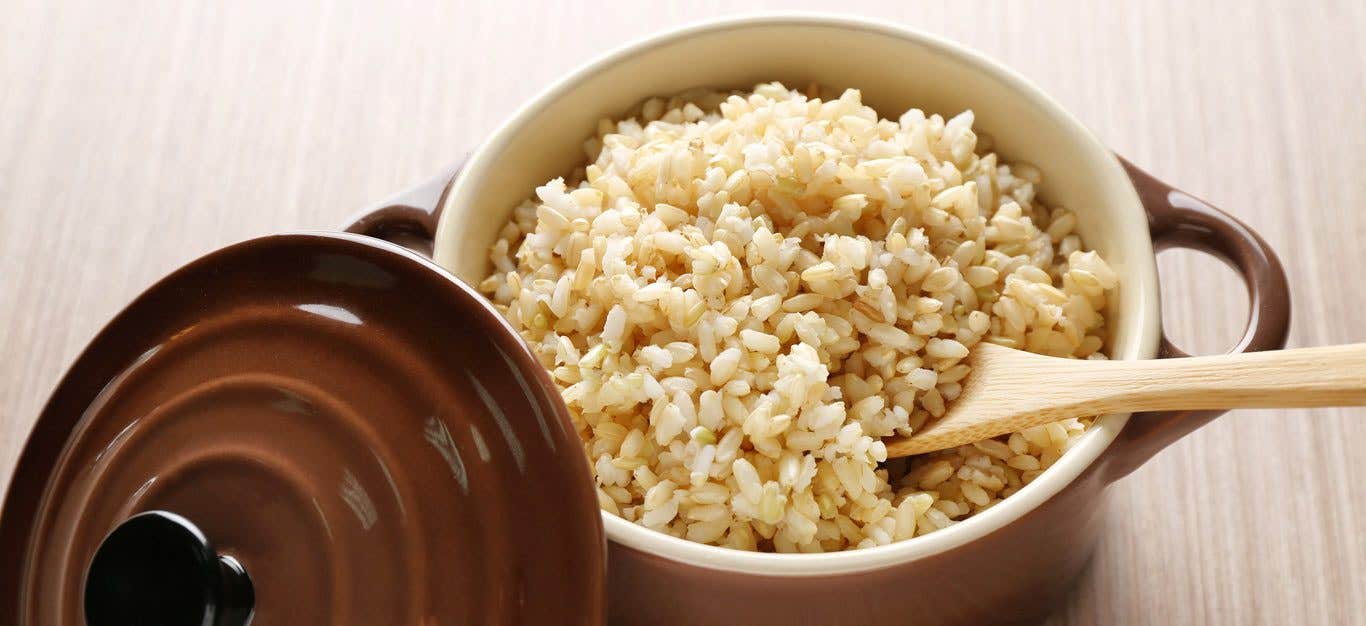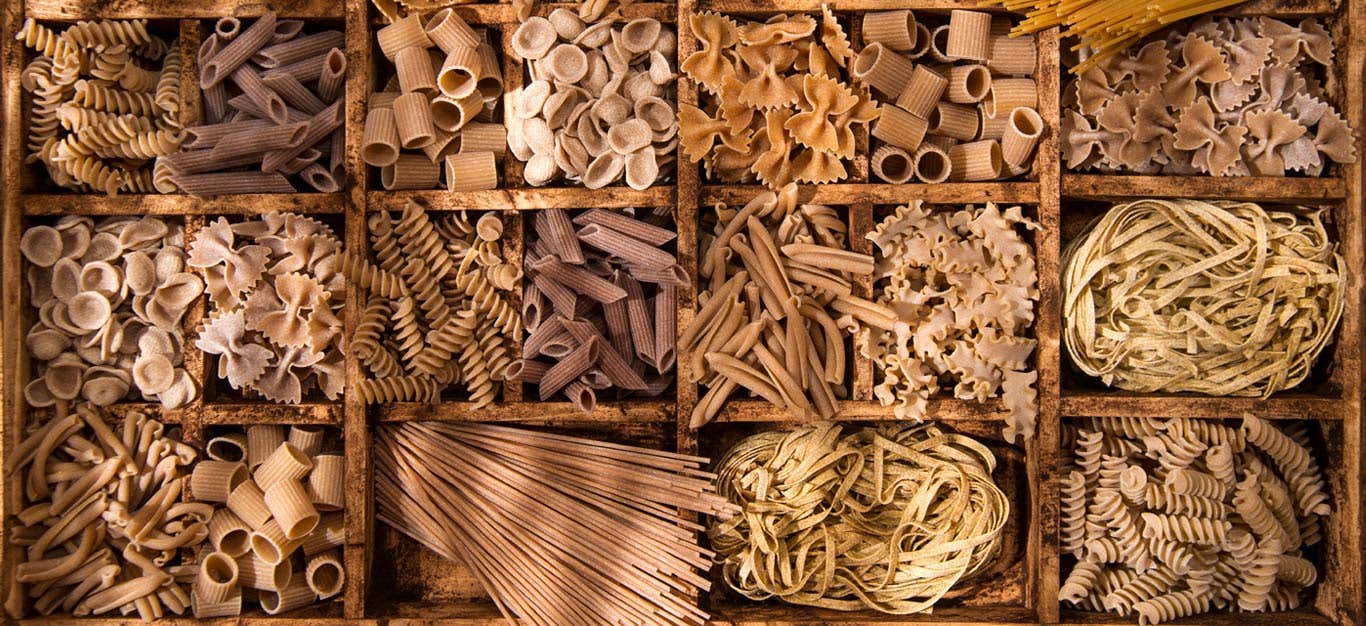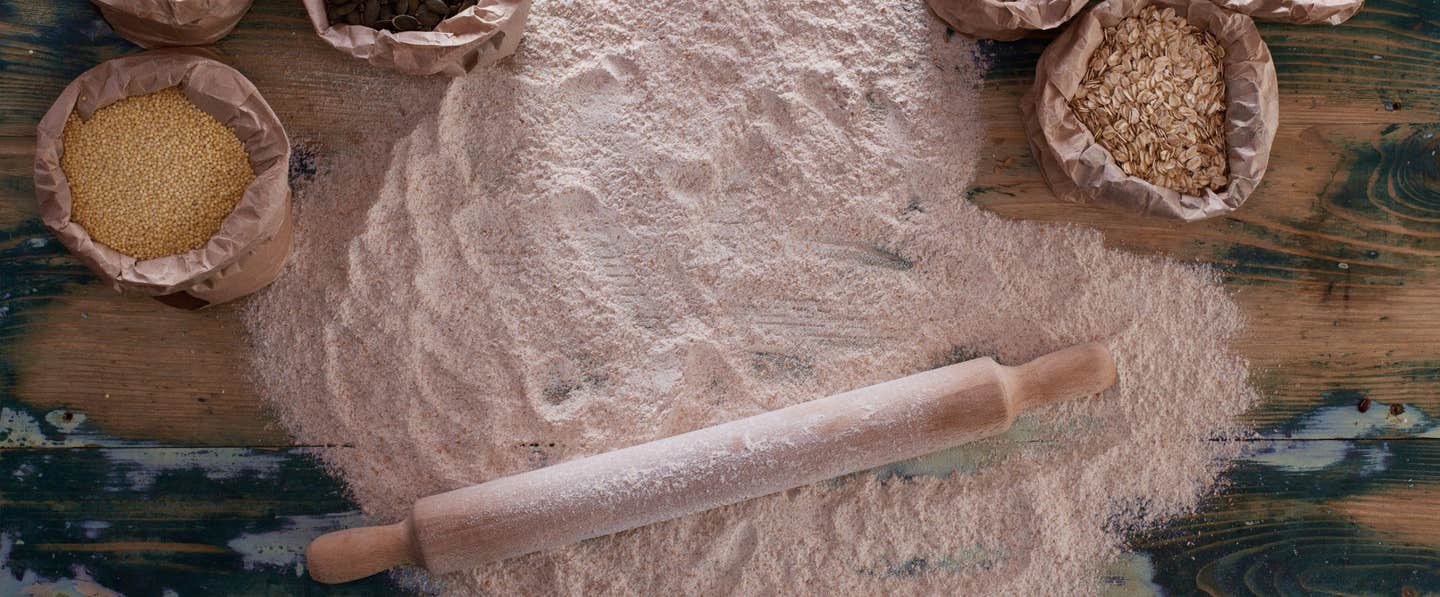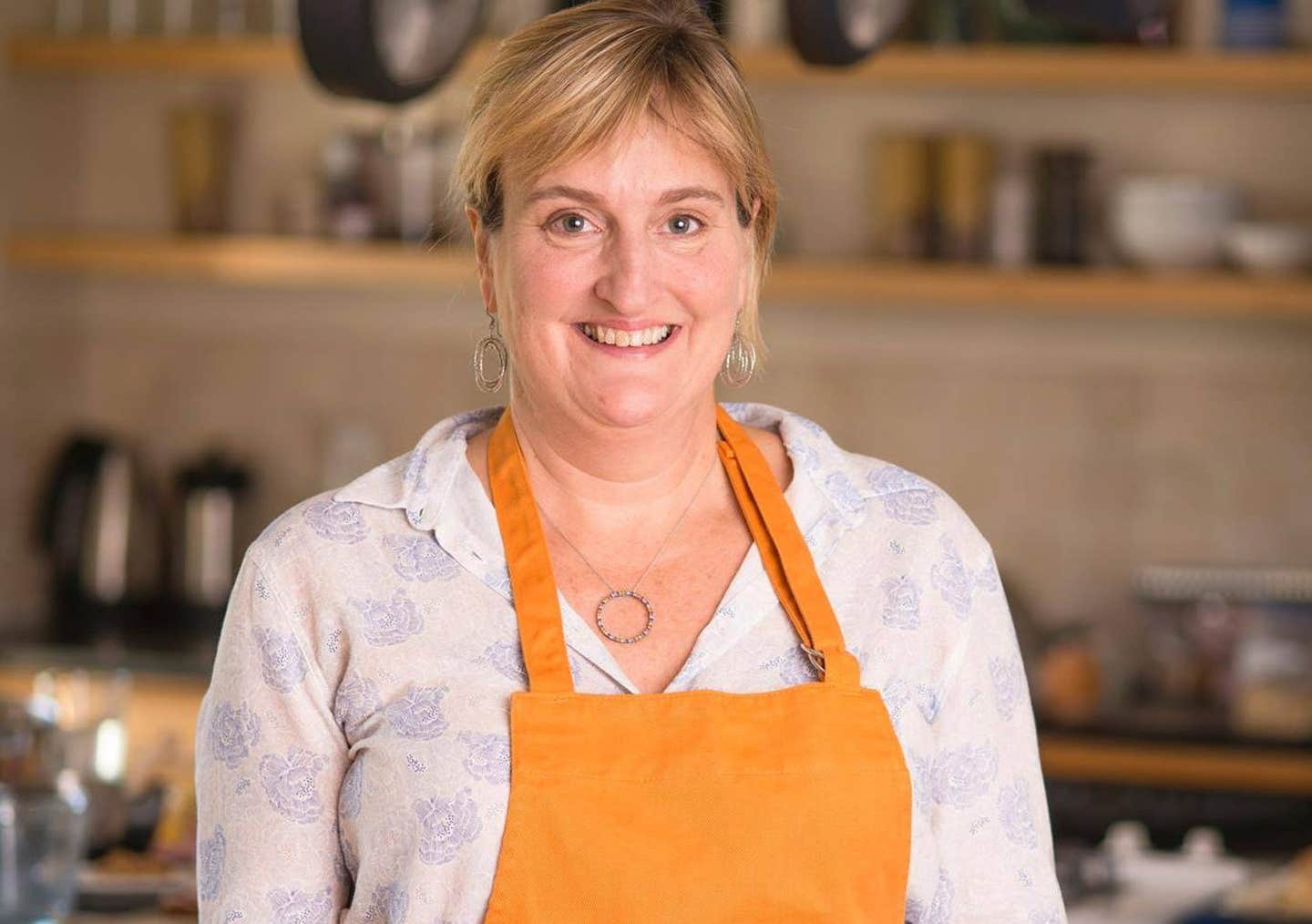Whole grains are the foundation of a whole food, plant-based diet. Read on for a list of whole grains (including gluten-free options), recipes to try them in, and cook times and water ratios for reference.
What Are Whole Grains?
Whole grains is a category that includes all types of seeds and grains in their purest, least-processed, most nutritious state.
All grains are made up of three parts: the germ at the core of the grain, the tender endosperm in the middle, and the outer bran layer that encases the other two. The germ is rich in healthy fats and vitamin E. The endosperm is the grain’s energy source and is made up of protein and carbohydrates. Bran is packed with fiber, minerals, B vitamins, and antioxidants.
Whole Grains vs. Refined Grains
“Refined grains” are grains that have been processed to remove the bran and/or germ—ostensibly to make them easier to cook and digest. But when the bran and germ are removed from grains, their essential nutrient content is eliminated, too.
Wheat processing is a good example of what happens when a grain is refined: When wheat’s bran and germ are removed to make white flour, its B-vitamin content is slashed in half. Only 10 percent of the original vitamin E of the wheat kernels remains, and almost all the fiber is stripped away.
Enriched and Fortified Grains
You’ll often see refined grains and grain products labeled “enriched” or “fortified.” These terms indicate that vitamins and nutrients have been added back into the products to compensate for those that are lost in processing and/or to boost nutrient levels. Because these products are highly processed and tend to contain added sugar and sodium, and because not all nutrients can be added back during fortification, whole grains are more nutritious than fortified refined grains.
Health Benefits of Whole Grains
The fiber and nutrients found naturally in whole grains offer a wide range of health benefits. Multiple studies indicate consuming whole grains can reduce the risk of cardiovascular disease. Whole grain consumption has also been shown to lower triglyceride levels and to improve insulin sensitivity. Regularly eating whole grains has been associated with a significantly lower risk of developing type 2 diabetes. A 2015 study out of Harvard indicated that eating whole grains may improve longevity. And research shows that the fiber in whole grains contributes to gut health and may reduce the risk of chronic digestive conditions.
Many whole grains are also gluten-free, and therefore suitable for those with celiac or gluten intolerance.
Types Of Whole Gains and How to Cook Them
The list of whole grain and whole grain flour options widely available keeps getting longer. The following roundup offers a quick overview of the choices out there today, plus recipe recommendations for each so you can see how versatile they all are. We’ve also included a handy chart with cook times and water ratios for some of the most popular grains.
Amaranth (Gluten-Free)
Tiny, earthy seeds that become creamy and porridge-like when cooked. Try it in place of polenta in Polenta Lasagna with Mushrooms and Kale.
Barley
Tender, chewy grain that’s a favorite in soups. Pearled barley has been polished to remove the hull and part or all of the bran and germ, so look for hulled or whole grain barley. Try it in Chopped Barley Salad with Pears.
Brown Rice (Gluten-Free)
Just like white rice, there are different varieties of brown rice: long, medium, and short grain; Basmati; jasmine; and even sushi. Try it in Southwest Rice Rolls.
Buckwheat (Gluten-Free)
Triangular groats with a robust, distinctive flavor. When toasted, buckwheat groats are called kasha. Try it in Breakfast Bowls with Cherry Compote. More on buckwheat here.
Bulgur
Also called cracked wheat. Sweet and mild with a couscous-like texture. Try it in Sloppy Joe Pitas.
Cornmeal/Corn Grits/Polenta (Gluten-Free)
When ground to a powder, whole, dried corn kernels become a cookable whole grain that’s creamy and mild. Try it in Vegan Shepherd’s Pie with Polenta and Lentils. More on polenta here.
Farro/Wheat Berries
Nutty, chewy whole grain kernels that have a hearty texture. Farro, along with rye berries, kamut, spelt, and triticale, are members of the wheat tribe of cereals (triticeae). They’re sometimes labeled ancient or heritage grains. All contain gluten. Try them in Farro, Mushroom, and Leek Gratin.
Fonio (Gluten-Free)
Fonio is an itty-bitty, quick-cooking grain with an earthy flavor. Try it in place of couscous in Savoy Cabbage Rolls.
Freekeh
Roasted, young, wheat kernels that have a toasty flavor and cook in under 30 minutes. Try it in Freekeh Tabbouleh with Grapefruit.
Millet (Gluten-Free)
Pale yellow seeds with a neutral, mild flavor and soft texture. Check out our full guide to cooking with millet here!
Oats (Gluten-Free)
Best known as a breakfast cereal, rolled and steel-cut oats taste great in savory dishes, too. Check out our Cook's Guide to Oats to learn how to make oat milk, oat flour, and more!
Quinoa (Gluten-Free)
Mild-flavored, with a distinctive texture. The “tail” that appears after quinoa has cooked is actually the seed’s germ. Check out our roundup of favorite vegan quinoa recipes here!
Sorghum (Gluten-Free)
Perfectly round and delightfully chewy with a mild, sweet taste. Try it in Sorghum Berry Breakfast Bowl. More on sorghum here.
Teff (Gluten-Free)
The smallest whole grain around has big, bold flavor and a creamy texture when cooked. Try it in place of millet in our Millet-Stuffed Chard Rolls.
Wild Rice (Gluten-Free)
North American native with rich, complex flavor and a chewy texture. Try it in Creamy Wild Rice Soup.
Grains Cooking Guide
Grains are super simple to prepare—but it’s important to use the correct ratio of water or broth, lest you end up with mushy millet or crunchy quinoa. Here are the water ratios and cook times for common whole grains.
| Grain (1 cup dried) | Water or Broth | Cooking Time | Cooked Yield |
|---|---|---|---|
| Amaranth | 2 cups | 25 min. | 3½ cups |
| Barley, hulled | 3 cups | 45-55 min. | 3½ cups |
| Brown rice | 2½ cups | 40-45 min. | 3½ cups |
| Buckwheat | 2 cups | 20 min. | 3 cups |
| Bulgur wheat | 2 cups | 15 min. | 3 cups |
| Cornmeal (polenta) | 4 cups | 25-30 min. | 2½ cups |
| Farro | 3 cups | 25-40 min. | 2½ cups |
| Fonio | 2 cups | 4–5 min. | 4 cups |
| Freekeh (Cracked) | 3 cups | 20–25 min. | 3–4 cups |
| Freekeh (Whole) | 3–4 cups | 40–45 min. | 3–4 cups |
| Millet | 3 cups | 20 min. | 3½ cups |
| Oats, rolled | 2 cups | 5-15 min. | 2 cups |
| Oats, steel-cut | 4 cups | 20-30 min. | 4 cups |
| Quinoa | 2 cups | 15 min. | 3 cups |
| Rye berries | 4 cups | 45-60 min.* | 3 cups |
| Sorghum | 4 cups | 40 min. | 3 cups |
| Spelt berries | 3 cups | 40-50 min.* | 3 cups |
| Teff | 1½ cups | 10 min. | 1½ cups |
| Wheat berries | 3 cups | 1¾-2 hr.* | 3 cups |
| Wild rice | 3 cups | 45 min. | 3½ cups |
| *Soak overnight |
If you haven’t experimented with many of the grains on this list, now’s the time to start. The most convenient way to familiarize yourself with a new grain is to batch cook a large amount and make a few different recipes that use it. Forks Over Knives Meal Planner, which uses batch cooking and other Weekend Prep steps to make weekday cooking easier, is a great source of guidance for this. Try Forks Meal Planner for free today.
Related News
Get Our Best Price On The Forks Meal Planner

Forks Meal Planner takes the guess work out of making nutritious meals the whole family will enjoy.
Master Plant-Based Cooking!
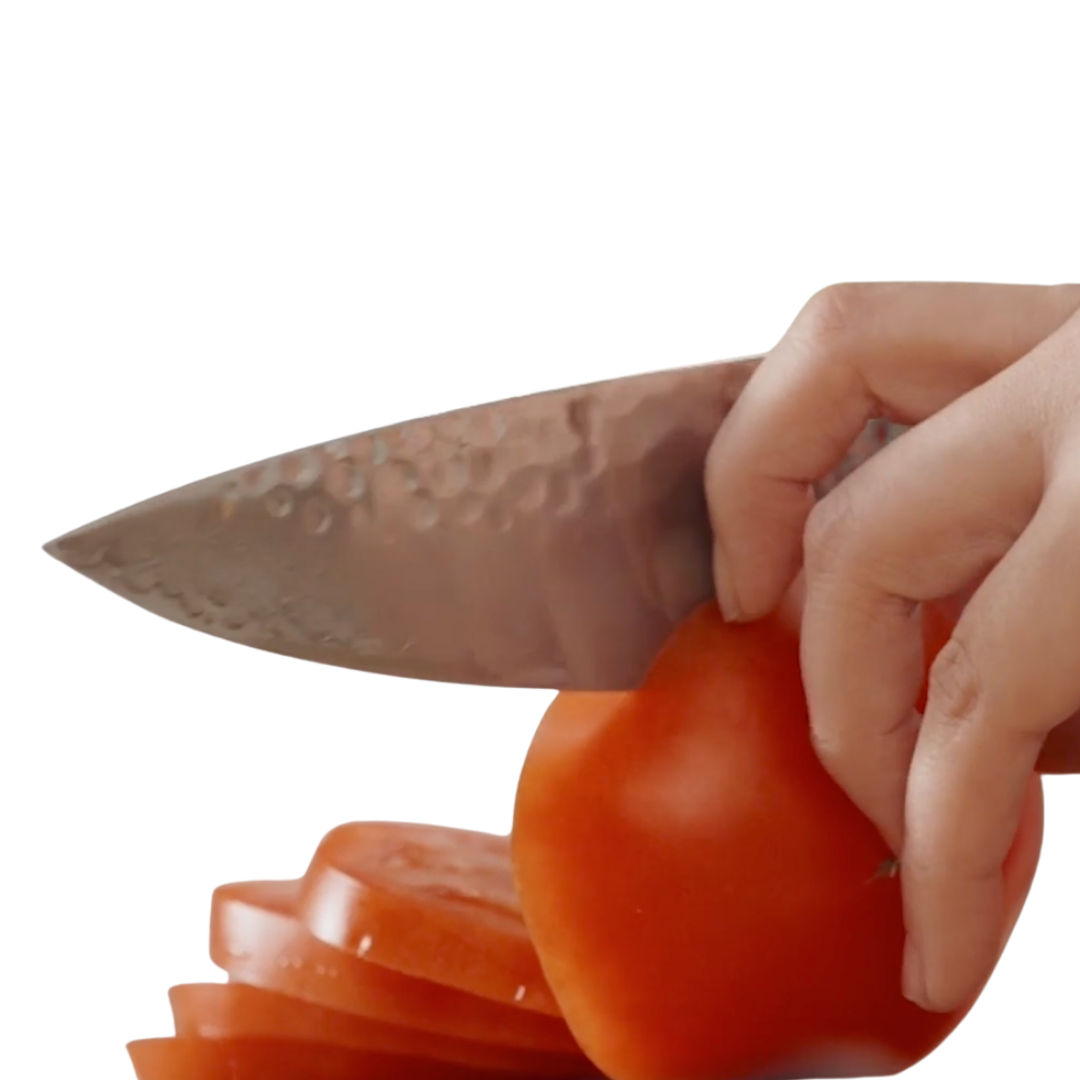
Our new course features over 100 lessons, 50+ recipes, downloadable guides, and more!
New Frozen Meals!
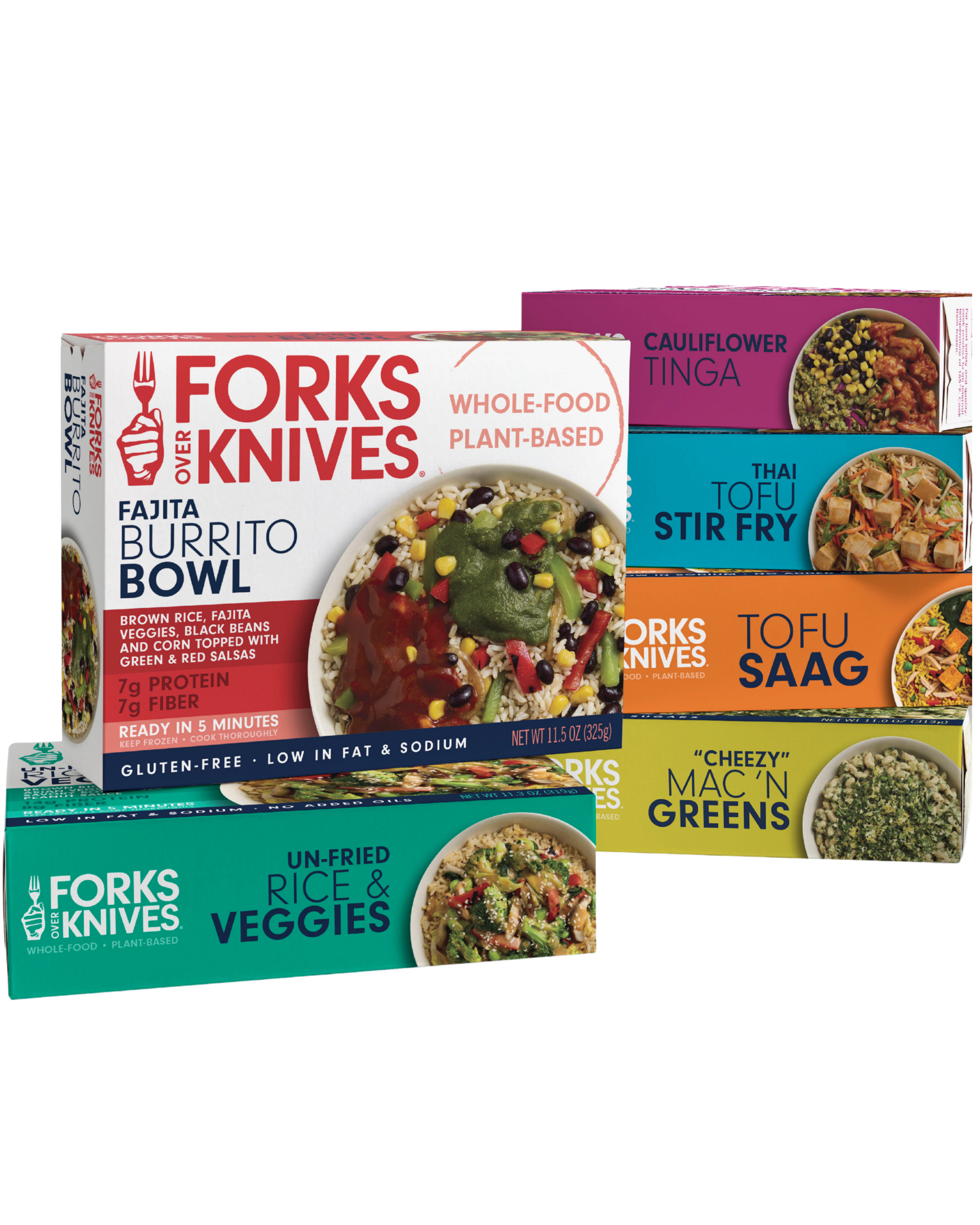
Introducing our new frozen meals: Doctor-recommended, chef-crafted, & ready in minutes.

